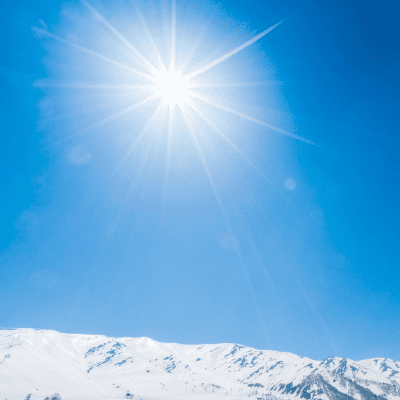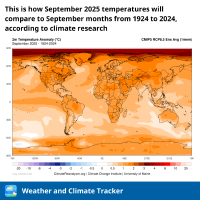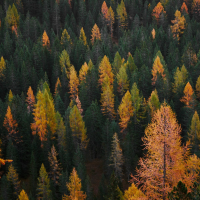
[Sky]
What Goes Together With A Sunny Weather?
These weather parameters are usually related to sunny weather conditions: High pressure - Sunny weather typically occurs when high pressure dominates the atmosphere. High pressure brings sinking air which suppresses cloud formation. Low humidity - With high pressure and sinking air comes lower humidity. Clear skies allow more sunlight to reach the surface, heating and drying the air.
Read more...



